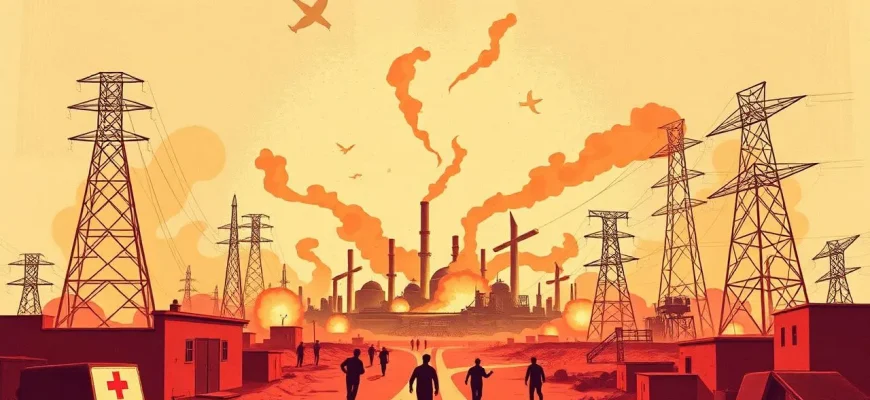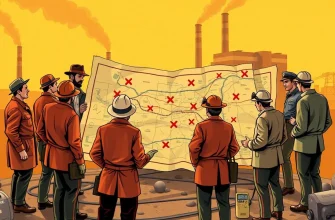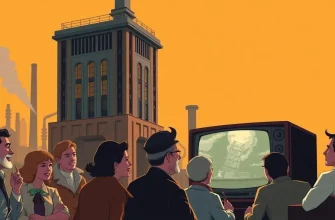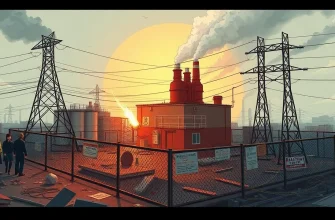Energy disasters, whether they're nuclear meltdowns, oil spills, or electrical grid failures, have always captured the public's imagination. These films not only entertain but also educate us about the real-life risks and the human spirit's resilience in the face of such calamities. Here's a curated list of 10 films that delve into the heart of energy crises, offering both thrilling narratives and poignant reflections on our reliance on power.
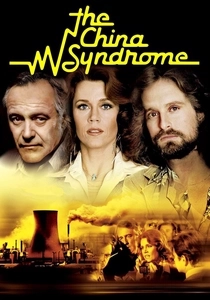
The China Syndrome (1979)
Description: This film eerily predicted the Three Mile Island nuclear accident just weeks after its release. It explores the cover-up of a near-meltdown at a nuclear power plant, highlighting the ethical dilemmas faced by journalists and engineers.
Fact: The film's title refers to a nuclear meltdown scenario where the core melts through the Earth to China. Jane Fonda's character was inspired by a real-life TV reporter.
 Watch Now
Watch Now
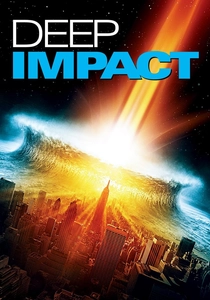
Deep Impact (1998)
Description: Although focused on a comet strike, the film includes scenes of power grid failures and the societal breakdown that follows, illustrating the interconnectedness of energy systems.
Fact: The film was released in the same year as "Armageddon," leading to comparisons between the two comet/asteroid disaster movies.
 Watch Now
Watch Now

K-19: The Widowmaker (2002)
Description: While not directly about an energy disaster, this film depicts a Soviet nuclear submarine crew's struggle to prevent a nuclear meltdown, showcasing the tension and heroism in a confined, high-stakes environment.
Fact: The film was based on real events aboard the Soviet submarine K-19, known for its tragic history. Harrison Ford and Liam Neeson both learned Russian for their roles.
 Watch Now
Watch Now

The Core (2003)
Description: While not strictly about energy disasters, this film explores a scenario where the Earth's core stops spinning, leading to a cascade of energy-related failures and the need for a daring mission to restart it.
Fact: The film was criticized for its scientific inaccuracies but praised for its imaginative storytelling and special effects.
 Watch Now
Watch Now

The Finest Hours (2016)
Description: This film recounts the true story of a Coast Guard rescue mission during a massive oil tanker split in two during a storm, highlighting the human element in energy-related disasters.
Fact: The film was shot in Massachusetts, where the actual events took place, and used real Coast Guard boats for authenticity.
 Watch Now
Watch Now
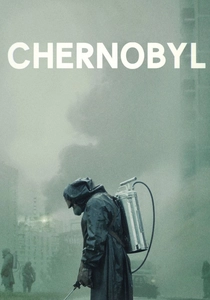
Chernobyl (2019)
Description: This HBO miniseries dramatizes the 1986 Chernobyl nuclear disaster, focusing on the bravery of the plant workers, firefighters, and scientists who tried to mitigate the catastrophe.
Fact: The series was filmed in Lithuania, not far from the actual site of the disaster. The creators aimed for historical accuracy, consulting with survivors and experts.
 Watch Now
Watch Now
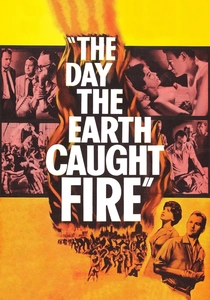
The Day the Earth Caught Fire (1961)
Description: This classic British film deals with the aftermath of simultaneous nuclear tests that shift the Earth's axis, causing catastrophic climate changes and energy crises.
Fact: The film was one of the first to use the concept of global warming as a plot device.
 30 Days Free
30 Days Free
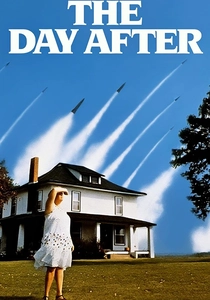
The Day After (1983)
Description: This TV movie portrays the aftermath of a nuclear war, including the failure of the power grid, showing the devastating effects on ordinary people's lives.
Fact: It was one of the most-watched TV movies of all time, sparking widespread public debate about nuclear war and its consequences.
 30 Days Free
30 Days Free

Silkwood (1983)
Description: Based on the true story of Karen Silkwood, a nuclear plant worker who becomes an advocate for safety after uncovering health hazards at her workplace.
Fact: Meryl Streep, who played Silkwood, visited the real Karen Silkwood's family to prepare for the role, and the film was nominated for several Academy Awards.
 30 Days Free
30 Days Free

The Abyss (1989)
Description: While primarily a sci-fi thriller, the film includes a subplot involving a nuclear submarine disaster, showcasing the potential for energy-related catastrophes in deep-sea environments.
Fact: James Cameron directed this film, and it was one of the first to use CGI extensively for underwater scenes.
 30 Days Free
30 Days Free

